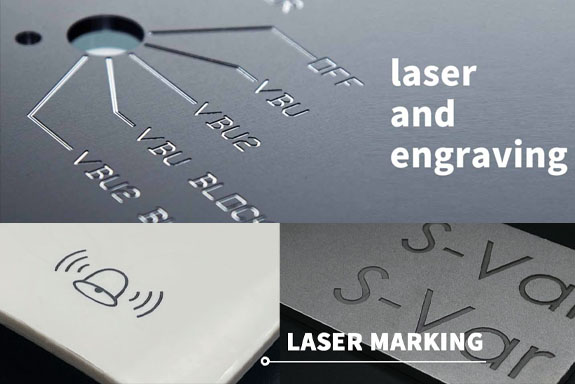Introduction to Trimmable Resistors
Trimmable resistors play a vital role in electronic circuits, providing precision adjustments that enhance device performance. These components allow for fine-tuning of resistance values, making them essential in applications where accuracy is critical. Often produced using thick film technology, trimmable resistors ensure reliability and durability, catering to a variety of industries from consumer electronics to aerospace.
Understanding Thick Film Technology
Thick film technology is a widely adopted method for manufacturing resistive components, including trimmable resistors. This process involves printing a resistive paste onto a substrate, followed by firing at high temperatures. The result is a robust and stable resistor that can withstand various environmental conditions. By utilizing thick film technology, manufacturers can produce trimmable resistors with precise resistance values tailored to specific applications.
Applications of Trimmable Resistors
The versatility of trimmable resistors makes them suitable for numerous applications. In audio equipment, they allow for fine adjustments to sound levels, ensuring optimal audio performance. In automotive electronics, trimmable resistors are used to calibrate sensors, enhancing vehicle safety and efficiency. The integration of thick film technology in these resistors contributes to their reliability in demanding environments.
Advantages of Trimmable Resistors
One of the ultimate advantages of trimmable resistors is their ability to provide adjustable resistance in a compact design. This flexibility is particularly valuable in high-density circuits, where space is at a premium. Additionally, trimmable resistors manufactured with thick film technology exhibit excellent thermal stability and low noise levels, further enhancing their appeal in sensitive electronic applications.
Innovations in Trimmable Resistor Design
Recent innovations in the design of trimmable resistors have focused on improving their performance and functionality. Advanced thick film technology now allows for the integration of multiple resistive elements within a single package. This development not only reduces space requirements but also streamlines the assembly process, making trimmable resistors more efficient and cost-effective.
Challenges in Using Trimmable Resistors
Despite their many benefits, there are challenges associated with trimmable resistors, particularly regarding manufacturing consistency. Variability in thick film production can lead to discrepancies in resistance values. To address this, manufacturers are investing in quality control measures and advanced testing methods to ensure that every trimmable resistor meets strict specifications.
Future Trends in Trimmable Resistor Technology
Looking forward, the trend toward miniaturization in electronics will likely drive further developments in trimmable resistors. As devices become smaller and more complex, the demand for compact and precise components will increase. Innovations in thick film technology will enable manufacturers to create even smaller trimmable resistors without compromising performance, catering to the evolving needs of the industry.
Conclusion
In conclusion, trimmable resistors are essential components in modern electronics, providing the precision and adaptability required in various applications. Their reliance on thick film technology ensures that they remain reliable and durable under challenging conditions. As technology continues to advance, the role of trimmable resistors will expand, paving the way for new possibilities in electronic design.
由用户整理投稿发布,不代表本站观点及立场,仅供交流学习之用,如涉及版权等问题,请随时联系我们(yangmei@bjjcz.com),我们将在第一时间给予处理。







